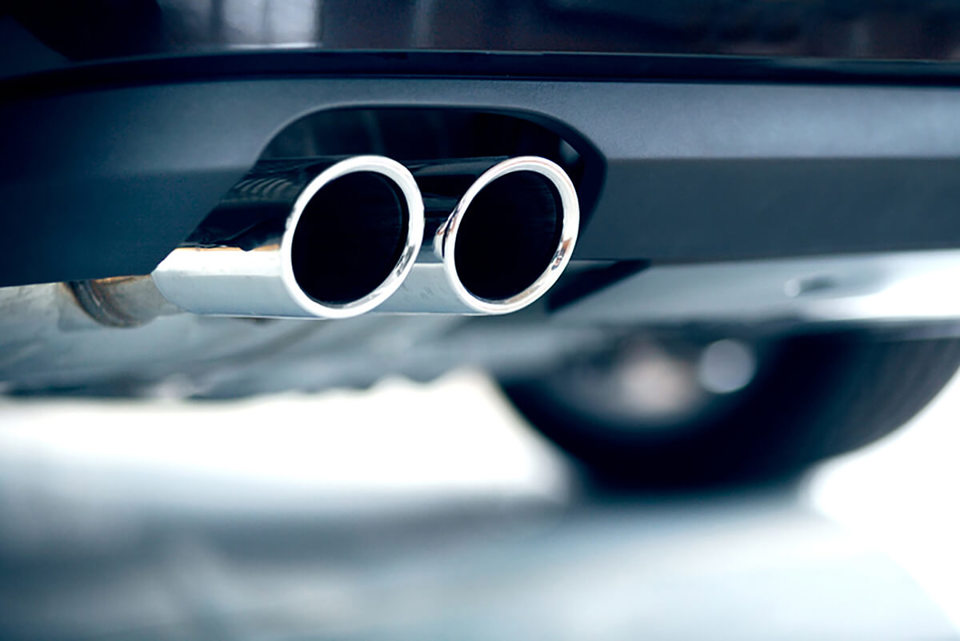The automotive industry could be facing a new emissions scandal as Emissions Analytics uncovers discrepancies in petrol car emissions figures.
Results from the latest WLTP-certified vehicles show that CO2 emissions for petrol cars are falling, but real-world testing carried out by Emissions Analytics paints a different picture.
“While our real-world test results for diesel cars are in line with WLTP data indicating that manufacturers have got their house in order over diesel, the same cannot be said for petrol,” explained Nick Molden, CEO of Emissions Analytics.
While all cars sold from September 2018 must be WLTP-certified, the CO2 figure that is published for the vehicle is still based on the old NEDC value, using a back-translation.
According to Emissions Analytics, the real-world emissions for petrol cars are not going down, despite the official published figures suggesting they are.
It says the EQUA real-world average for petrol cars is 185g/km, considerably higher than the 151g/km WLTP-reported figure, whereas the figures for diesels are largely aligned (175g/km vs 173g/km).
Emissions Analytics believes there is a significant discrepancy in relative certification values for petrol vehicles, despite no change in real-world performance as measured by the EQUA Index.
It concludes that optimisation of the lab-based WLTP test has already set in, with car makers adapting petrol vehicles to perform better in the WLTP test than they do on the road in actual driving conditions.
With the increased market share of petrol vehicles post-Dieselgate, reduced CO2 emissions from these vehicles will have the largest impact in meeting fleet average emissions targets.
“This would make WLTP questionable as a source for gathering actionable data, much like NEDC that preceded it,” said Molden. "It is also worth pointing out that the EQUA Index currently shows real-world emissions sitting well above the EU headline 130g/km fleet average target for CO2, which suggests official data flatters how much CO2 is being reduced overall.
“While obtaining laboratory figures should be a useful way accurately to benchmark vehicles, there is a severe lack of validation and correlation with real-world use. Granted, repeatability suffers when testing on the road, but it severely limits the ability of manufacturers to optimise for the test.”
Emissions Analytics believes that the best solution is for a simple and comprehensible certification programme, combining laboratory tests and on-road validation analogous to the Real Driving Emissions regulations for nitrogen oxides. Real-world surveillance would add extra deterrence to manipulation.
“Until such a system is in place, there will be many more counterintuitive outcomes from an imperfect test regime caught in a switchover phase. There is still fallout from Dieselgate and consumer trust needs to be built back up. The industry really needs to act now to avoid a Petrolgate,” Molden added.
Mike Hawes, SMMT chief executive, responded to the claims. He said: “We strongly reject these misleading claims, which at best betray a fundamental lack of understanding of the testing and regulatory process and at worst look like an attempt to unfairly discredit the industry for commercial gain. On-road testing of CO2 emissions can only ever provide a snap shot of how a vehicle is being driven and cannot be used as a comparison with official test values. In fact, vehicle registration data shows there has been a significant rise in average CO2 values for both petrol and diesel models under WLTP, which is to be expected given the far more demanding test. Further, manufacturers are bound by regulations which specify how test results can be published.
“Car manufacturers are fully aware of their responsibilities and consumers can be assured that new cars on sale today are fully compliant with emissions regulations. The new WLTP testing regime is the toughest in the world, more rigorous and complex than its predecessor and covering a wider range of driving behaviour to give fuel economy and emissions figures that better represent results achieved on the road. And because these figures are now provided not just for model ranges but individual vehicles, including optional extras, buyers have more detail to help them choose the most efficient car that best suits their needs.”























Login to comment
Comments
No comments have been made yet.